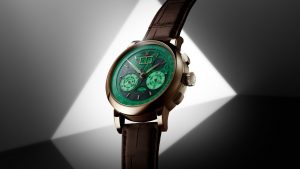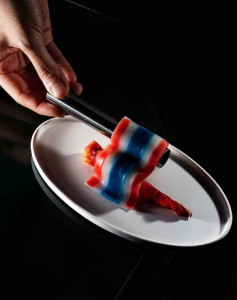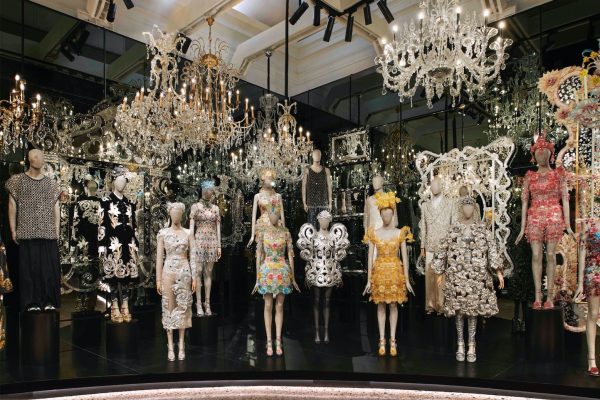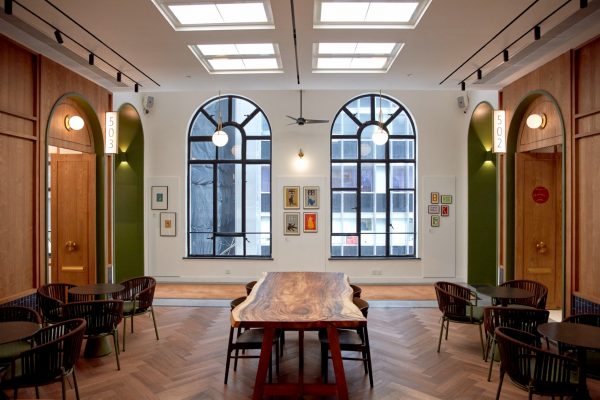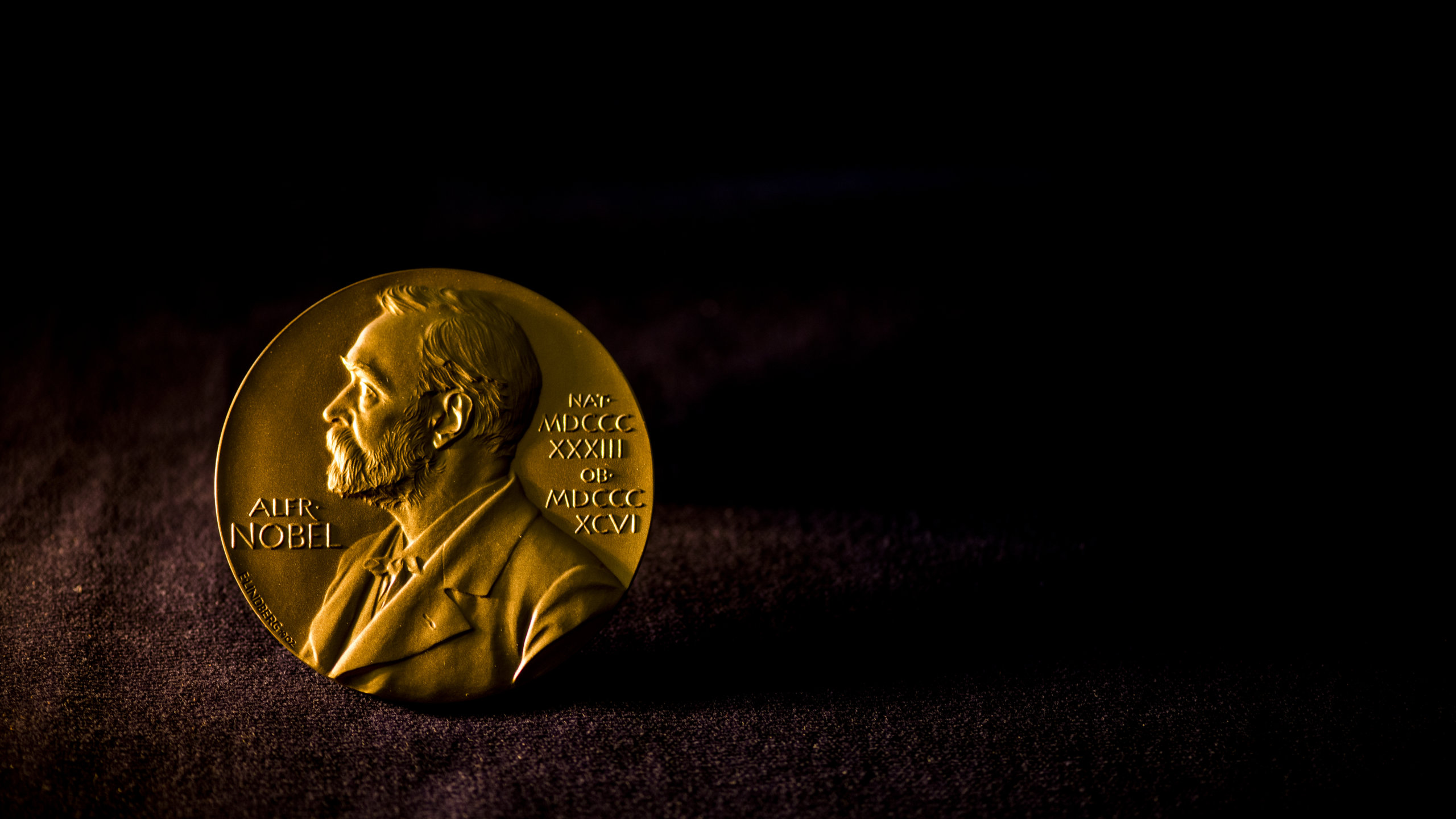
If there is anything the world could use right now, it would be hope and goodwill of the Nobel Prizes, which recognise global achievements in science, literature and peace efforts. As with so many other live events this year, the 119-year old award ceremony will go on this #NobelPrizeDay (10 December) but be online only due to the ongoing pandemic.
The ceremony traditionally commence on December 10 — the anniversary of the death of award founder, Swedish chemist Alfred Nobel — with exhibitions, lectures, concerts and a white tie banquet that could easily upstage any Oscars red carpet. While this year will be a different experience, with the laureates being honoured from their home countries, it’s also become an opportunity for the entire world to join in the celebration where many of the festivities will be accessible via live broadcast or streaming services.
In a year of monumental happenings, here are six things you may not know about the Nobel Prize:
2020 is one for the books
Safe to say, a pandemic would not be the best time for some of the world’s brightest minds to gather together so this year is the first time since World War II that the formal Nobel Prize ceremonies have been cancelled. This isn’t the first time the prize has been cancelled due to unforeseen world events. The last time it was cancelled was during World War II in 1957, when the Nobel Prize banquet was annulled in protest of the Soviet Union’s invasion of Hungary. Otherwise, the Nobel Prizes have also been forgone when there is a lack of nominations.
It’s a family affair
Everyone knows about French-Polish physicist and chemist Marie Curie, who is widely recognised as the first woman to win a Nobel Prize, but she’s also the first person and only woman to win the prize twice, once with her husband, Pierre Currie. Later her daughter, Irène Joliot-Curie and her son-in-law, Frédéric Joliot-Curie, also went on to win the physics prize together in 1935.
Age ain’t nothing but a number
In 2014, Pakistani activist Malala Yousafzai became the youngest Nobel laureate for her work in advocating for the right to education, particularly for women, in her home country. She was 17-years-old when she won the Peace Prize, a notable feat when you considering the average age of the prize laureate is 59. In 2019, John B. Goodenough became the oldest recipient of a Nobel Prize at 97-years-old, for his groundbreaking contributions to the development of lithium-ion batteries.
Girl power
While the number of women laureates has increased significantly in the last two decades, as of 2020, the Nobel Prize has been awarded to 57 women out of 930 individual winners from the inception of the prize in 1901. The most Nobel Prizes awarded to women in a single year was in 2009 when five women became laureates in four categories. This year alone, four women were awarded the Nobel Prize in Literature, Physics, and Chemistry.
Go for the gold
In addition to a diploma, each recipient receives a gold medal, which is made of 18 carat green gold plated with 24 carat gold. It clocks in around 175 grams per medal, and due to the high value of the gold content, have at times been subject to medal theft. Each recipient is also given a sum of money with their prize. In 2020, the monetary award is 10,000,000 SEK or US$1,145,000 per full Nobel Prize. Many recipients opt to donate their prize money to benefit their field or a humanitarian cause.
Learn more about the Nobel Prize and tune into their live streamed award ceremonies during Nobel Week 2020 at nobelprize.org/nobel-prize-award-ceremonies/
See also: True to form: Andrew Kudless joins forces with Louis Vuitton











